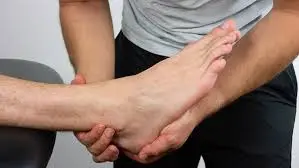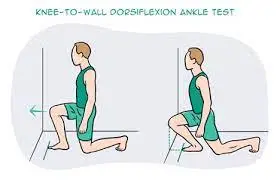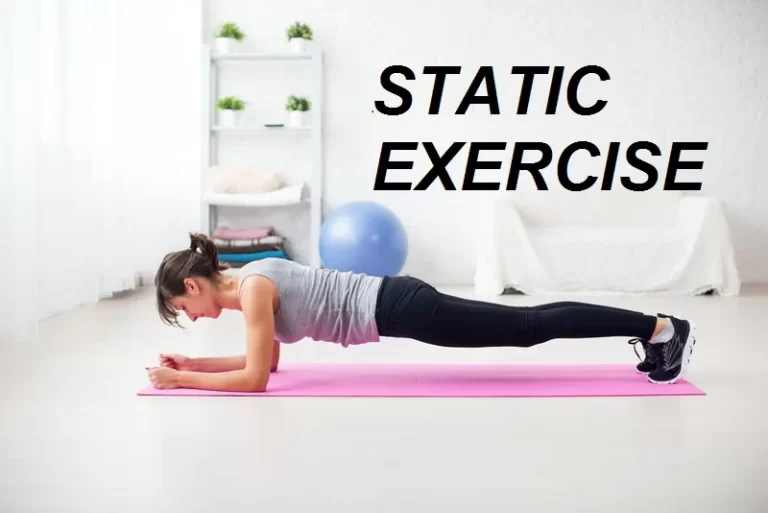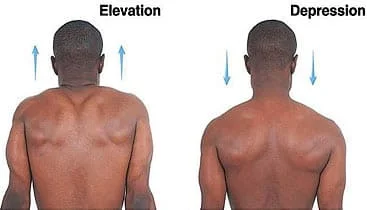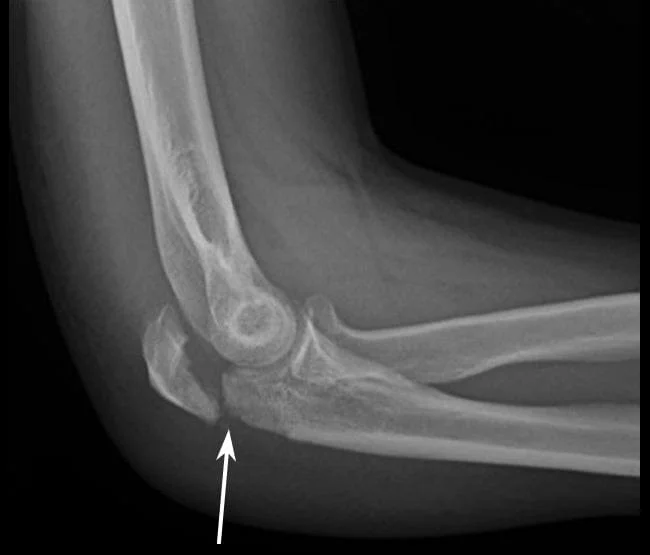Simhasana (Lion Pose)
What is Simhasana (Lion Pose)? Simhasana sometimes referred to as Lion Pose, is a sitting yoga position that looks like a lion roaring. It is a vigor-boosting asana that emphasizes relaxing tension and activating several facial muscles. The term “simhasana” is derived from Sanskrit. Simhasana translates to “Lion pose yoga” in English because “Sinha” means…





